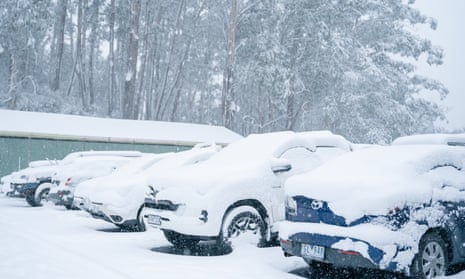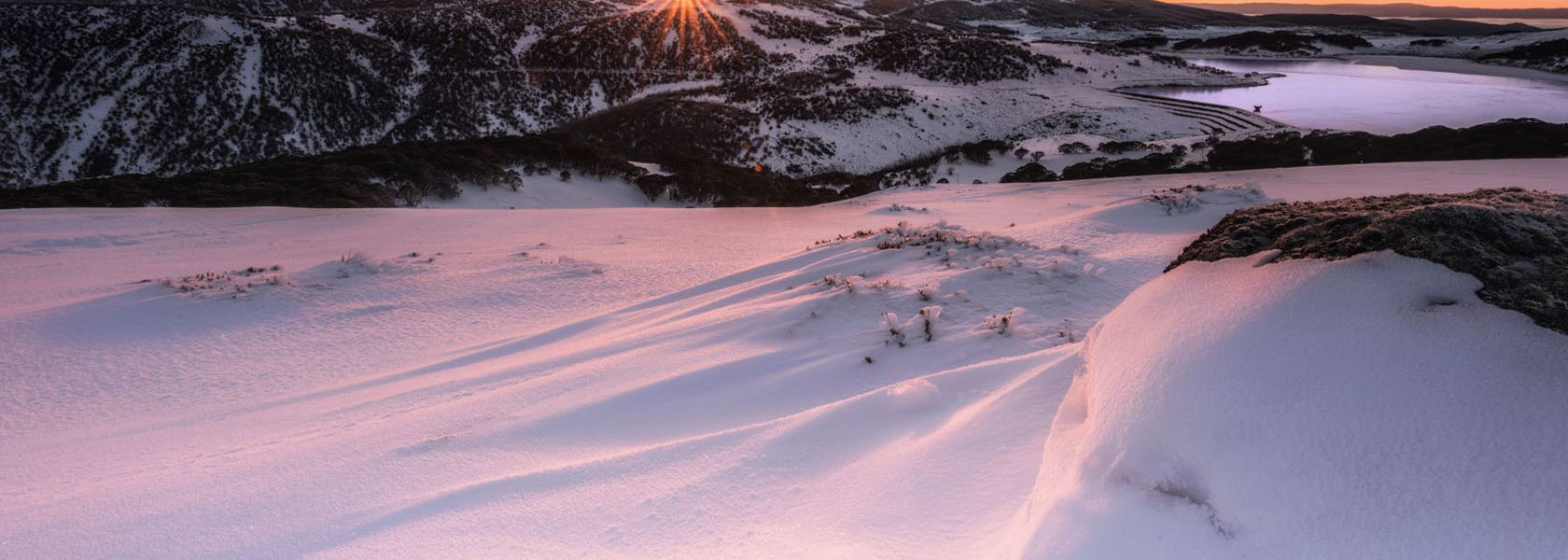Find Out About the Regions That Frequently See Snow In Australia During the Colder Months
Find Out About the Regions That Frequently See Snow In Australia During the Colder Months
Blog Article
Discover the Interesting Effects of Snow in Australia on Neighborhood Communities
In spite of its online reputation for sun-soaked landscapes, Australia also boasts areas buried by snow-- a sensation that exceptionally affects the country's distinct environments. The shielding properties of snows safeguard plants and animals in the middle of the chilliest winter seasons, while the melting snow nurtures rivers and aquatic life.
The Unforeseen Regions of Snowfall in Australia
Although Australia is often related to sandy coastlines and sun-scorched landscapes, particular areas surprisingly experience snowfall. The high nation regions of New South Wales, Victoria, and Tasmania are especially known for their winter season snow. The Snowy Mountains in NSW, for example, receive abundant seasonal snow, offering a stark comparison to the nation's regular warm, dry environment. The Victorian Alps and components of Tasmania likewise see yearly snowfalls, transforming the landscape right into a winter months wonderland. These locations are not just abnormalities yet indispensable components of Australia's varied climate system. The visibility of snow in these areas substantially affects neighborhood environments, consequently impacting the nation's one-of-a-kind biodiversity. However, the specific impact on Australia's distinctive plants will be talked about in the following section.

Just How Snow Impacts Australia's One-of-a-kind Vegetation
These plants have actually developed to make it through in severe conditions, with snow offering as a protective blanket from harsh winds and freezing temperature levels. The snow additionally contributes to the dampness content of the soil, providing needed hydration for plant life during the dry summer season months. In significance, the snow affects the timing of blooming and seed dispersal, the development rates, and the survival of several plant types, showcasing the detailed interaction between climate and plants in Australia.

The Adjustments of Australian Fauna to Snowfall
Simply as Australia's vegetation has actually adapted to the wintery problems, the local fauna as well, exhibit amazing adjustments to the snowfall. It utilizes the snow as insulation, hibernating in rock holes under the snow to stay cozy. The Snow Skink, a types of reptile, transforms its colour to white during winter months, giving camouflage against predators.
The Function of Snow in Forming Local Environments
In forming the local ecosystems, the duty of snow in Australia is both profound and multilayered. It influences the distribution of plants and animals, mostly specifying the biodiversity of sub-alpine and alpine areas. Snow gives a crucial water resource, feeding rivers and storage tanks as it melts, therefore supporting a selection of aquatic life types. Furthermore, snow serves as an insulator, securing ground-dwelling organisms from severe cold. In a similar way, it plays a considerable role in dirt formation and nutrient cycling. The periodic cold and Read Full Report thawing of soil generated by snowfall cultivates the failure of rocks, boosting soil fertility. The presence of snow shapes the vegetation patterns, animal habits, and overall sustainability of Australia's special environments.

The Future of Snowfall in Australia: Implications and predictions

Offered the critical function snow plays fit regional environments, the future of snowfall in Australia is drawing increasing attention from environmentalists and scientists. Current climate models predict a considerable reduction in snowfall as a result of worldwide warming, with potentially extensive effect on local communities. Less snow might cause minimized water accessibility in alpine areas, adversely impacting wildlife environments and plant life. It can modify the timing of seasonal adjustments, interfering with the life cycles of lots of native types. The tourist market, greatly dependent on the winter months snow season, may likewise encounter considerable obstacles. Recognizing these predictions and their effects is crucial to develop reliable preservation techniques, ensuring the preservation of Australia's unique biodiversity and the sustainability of its economy.
Verdict
The role of snow in Australia's ecosystems is crucial yet often ignored. It serves as a guard, a nurturer, and a shaper of diverse alpine varieties, adding to the richness of Australia's high country. As weather patterns continue to change, comprehending the implications and prospective makeovers of these snow-influenced environments is vital. Hence, the snow in Australia is much more than a natural spectacle; it's an important player in the nation's environmental narrative.
Regardless of its reputation for sun-soaked landscapes, Australia also boasts regions buried by snow-- a sensation that profoundly influences like it the country's distinct environments. It makes use of the snow as insulation, hibernating in rock crevices beneath the snow to stay cozy - Does It Snow In Australia.In shaping the regional ecological communities, the duty of snow in Australia is both extensive and multilayered. The presence of snow forms the greenery patterns, animal habits, and total sustainability of Australia's one-of-a-kind communities
Offered the critical role snow plays in forming neighborhood ecosystems, the future of snowfall in Australia is attracting increasing attention from ecologists read this post here and scientists.
Report this page